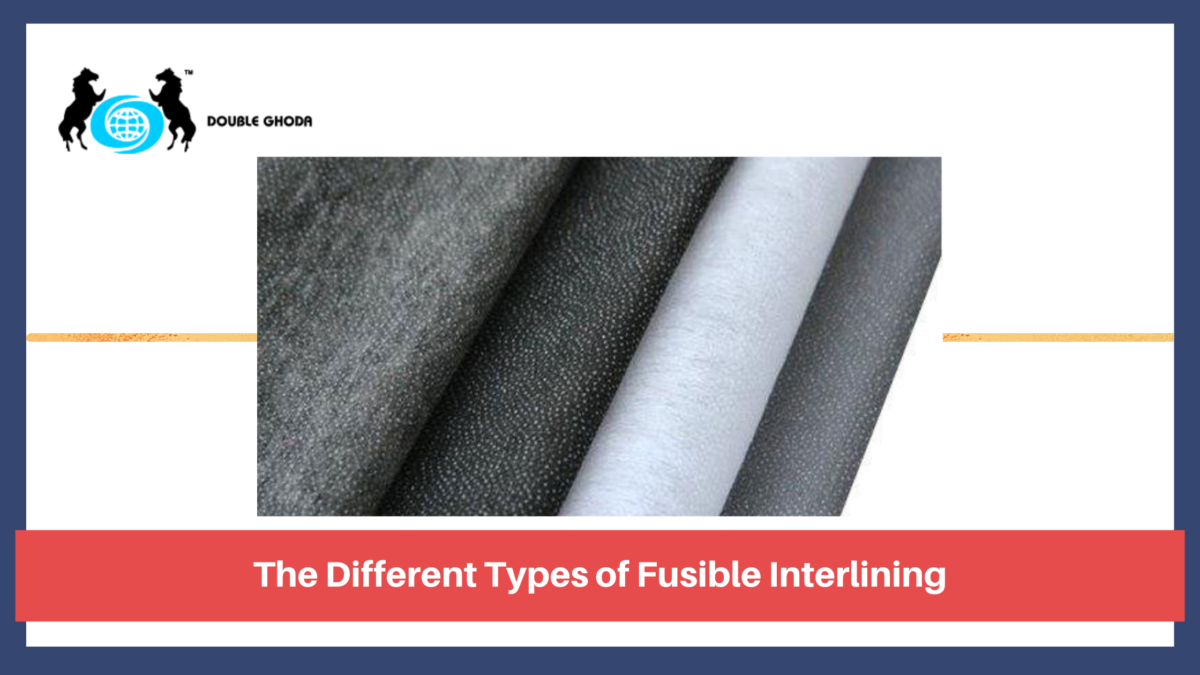The Different Types Of Fusible Interlining
In garments and apparel manufacturing industries, fusible interlining is a very common technique. It is a type of interlining which attaches the garment components through heat and pressure for a certain amount of time. It is a useful technique for manufacturing curtains, clothes, upholstery, etc.
The technique is essential for binding the textile components and making the material resistant to stretching. By using the method, you can give the cloth more thickness.
Diverse categories
The basic process of carrying out the fusible interlining process is by the application of thermoplastic adhesive resin. Here, a base fabric is on one side, and the other side has another kind of fabric that gets attached into a single and thick cloth piece. It requires the adhesive that suits the textile’s nature and external heat and pressure to bind into one unit ultimately. However, there are different types of fusion interlining processes available with multiple textile types and kind of projects. It is better to have an idea of the types before getting started with it.
- Non-woven fusible interlining
Non-woven fusible interlinings are a great option for those in the manufacturing of bags, purses and similar things. Here the interlining is not for any woven fabric; instead, they use a stiff sheet, usually made of paper or cupboards. They help bring rigidity to the base, and thus they are highly suitable for reinforcing at the bottom of the bags. Bags having non-woven fusible interlining are well resistant to rough handling for the stiffness of the materials in use.
- Woven fusible interlining
As the name suggests, the binding takes place between actual woven fabric materials. Here, a light weighed fabric gets interlined, which presents a finishing touch to clothes and apparels. For being lightweight, it is very easy to get reinforced with other fabrics. It provides a flexible texture to the fused unit and is better with the most demanding conditions. Ideal for waistbands, outerwear jackets and similar items.
- Water-resistant fusible interlining
Water-resistant or waterproof fusible interlining is a method where the fabric in use is impermeable to incoming water. For making any item or material resistant to water, it is better to apply the fusible interlining technique with the help of waterproof coatings. It brings good rigidity and stiffness to the manufactured products. Ideal for rainwear pieces of clothing like raincoats, rain jackets, etc. In the process, it requires thermal bonding of the non-woven material to get fused, for which they are well resistant to chemical washing, bleaching and other harsh processes.
- Knitted fusible interlining
Knitted fusible interlinings are best for efficient production units. For providing stretchability to knotted garments, this method is ideal. They have better recovery properties for the advantage of being stretchable. For that, manufacturers who manufacture jerseys, coats, blazers and other high valued garments use it. The lightweight and soft texture of the laminate are best for the mentioned garments. Knitted types have variations in looping structures that provide flexibility and stables with the material in use.
Other types
The methods mentioned above are the main variants of the fusible interlining. The following are other types that fall under the subcategories of the formerly mentioned kinds.
- Quilted Fusible Interlining: You can quilt two pieces of cloth without adding foam or pad in this type. No need to sew it as you only need to fuse the interlining at the end. It helps when you do not have a warm material like fleece or flannel, you can serve the purpose by interlining to quilt the clothing.
- Decorative Fusible Interlining: Mainly for adding the patchy look on the clothes for designing purpose. You can also use it to cover holes of a clothing piece, giving a stylish outlook.
- Double-Sided Fusible Interlining: Ideal for repairing holes in clothes, especially in jeans. Bonds both the sides like double-sided tape, making it easy to use.
Do it right
To carry out the fusing process perfectly, you need a well-working fusing press and the correct fabric to use. Identify the right process as per your manufacturing requirements.
Check factors like dwelling time, temperature conditions, adhesive quality, bond strength and other relevant conditions that play a part in the interlining process. Reading the above will surely help you gain an overall knowledge of the types of fusible interlinings.
